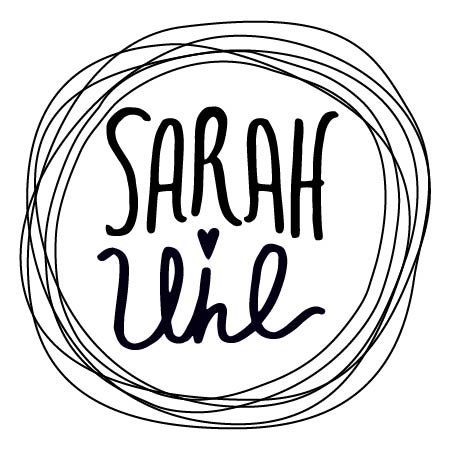DIY Watercolor Kit Resources : Sarah’s Tips + Tricks
When I teach in-person workshops my leading piece of advice is to have fun, experiment, and follow your curiosity. The most important thing I can share with you is that there is no “right way” to watercolor paint, make art, or live life! Use these creative tools and prompts as a launchpad for whatever sort of creative expression that makes you feel good, shares your story, and helps connect you to yourself!
Here are a few other suggestions:
CREATIVE ENVIRONMENT
Set yourself up in an inspiring place to create. If you have the opportunity to have a dedicated space to create (even if its at your favorite spot on the kitchen table) you will benefit from the consistency and inspiration of that environment of your choice.
Keep to-do lists and distractions (like cell phones all the dirty dishes in the sink) out of sight if possible so you can focus on creating!
Cookies, milk, tea, coffee, wine, whiskey… Good music, sitting beside the wood stove, cozy pants or your fancy shirt.. they all make great companions to creative play. Experiment and figure out what facilitates the creative flow state for you!
PAINTING TIPS
Don’t mix up your paint water with your beverage! It is more common than you might think to drink your paint water and dip your brush in your drinks. Keep ‘em separated!!!!
Paper towels will be super helpful. Have a few handy. You can use the paper towel to reduce the amount of water on your brush (if you are not getting much pigment on the paper) or to make sure you have a clean brush before changing colors.
You can use the paper towel as an eraser for a short period of time to dab too much water or paint off the paper if something you didn’t want pooled up on your paper.
If your paint water gets muddy or too pigmented, change it so you can always get a clean brush between colors.
The paper that came in your DIY kit is not the fanciest stuff out there. Treat yourself to some nice Arches 130 lb cold press paper sometime and see the difference for yourself! Always paint on the more textured side of watercolor paper. The “teeth” will grab the pigment.
Test out the colors on your swatch card and get a feel for the range of each color. The natural paints from Greenleaf Blueberry all move a bit differently and will look slightly different on paper than on the dot card. Using more or less water will get you different results.
You can mix colors right on the paper palette (put a little bit of the darker color right on top of the lighter color) or on a separate place (like in a clean dish or tin) before going to the watercolor paper. To clean a mixed paint dot, just use a clean brush and water.
You can use a permanent ink pen on the paper before you paint or after you paint... just be sure to wait until the paint is dry if your adding detail with the pen on top of an area you painted.
All of the DIY activities in my kit are just for practice! They are studies and fun time activities more so than masterpieces! Don’t worry if you mess up or go out of the lines or if it didn’t come out the way you were hoping. Hopefully your inspired to just keep painting!
CREATIVE PROCESS / CREATIVE VOICE
Creative expression is a SUPERPOWER and everyone’s creative voice looks and feels different. Have fun finding yours and don’t expect it to look like anyone else’s!
If you can set aside 10-15 minuets a day for a creative practice, you will love the way creativity evolves for you. It takes time to develop a habit so making the habit stick means being realistic. You’ll be surprise by what you can create in 10 minuets! Check out my 30-day project kits if you want some ideas.
It can take a really long time to get to know your unique creative voice. Experiment and try lots of different styles, especially ones that get you outside of your comfort zone. Revel in the moments that “click” and enjoy the allusive creative flow state when it shows up!
